
Incarcerated Californians Express Cautious Optimism About New Clemency Proposal
The change has brought hope to those who fear dying in prison, while others worry it won’t save them from such a fate.

The change has brought hope to those who fear dying in prison, while others worry it won’t save them from such a fate.
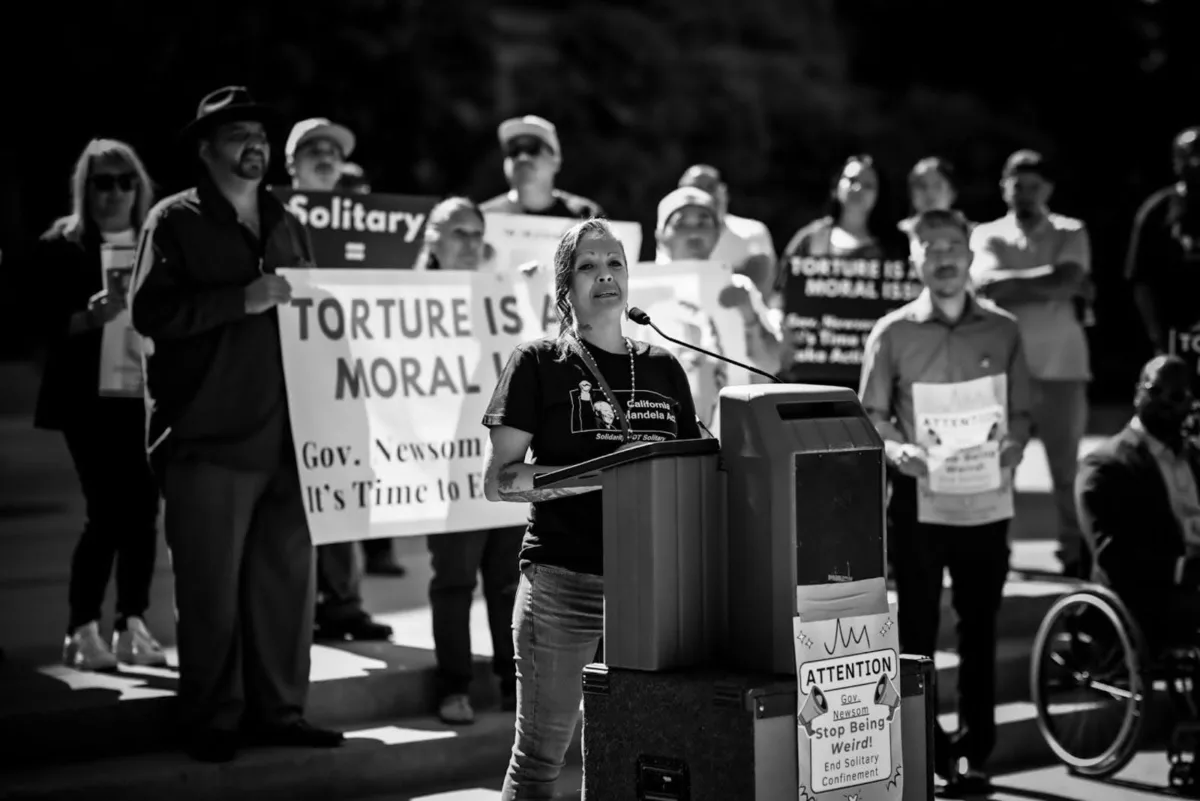
Formerly incarcerated Californians say that if Gavin Newsom wants to keep touting his record as a “progressive,” he should stop vetoing bills that ban or restrict solitary confinement.
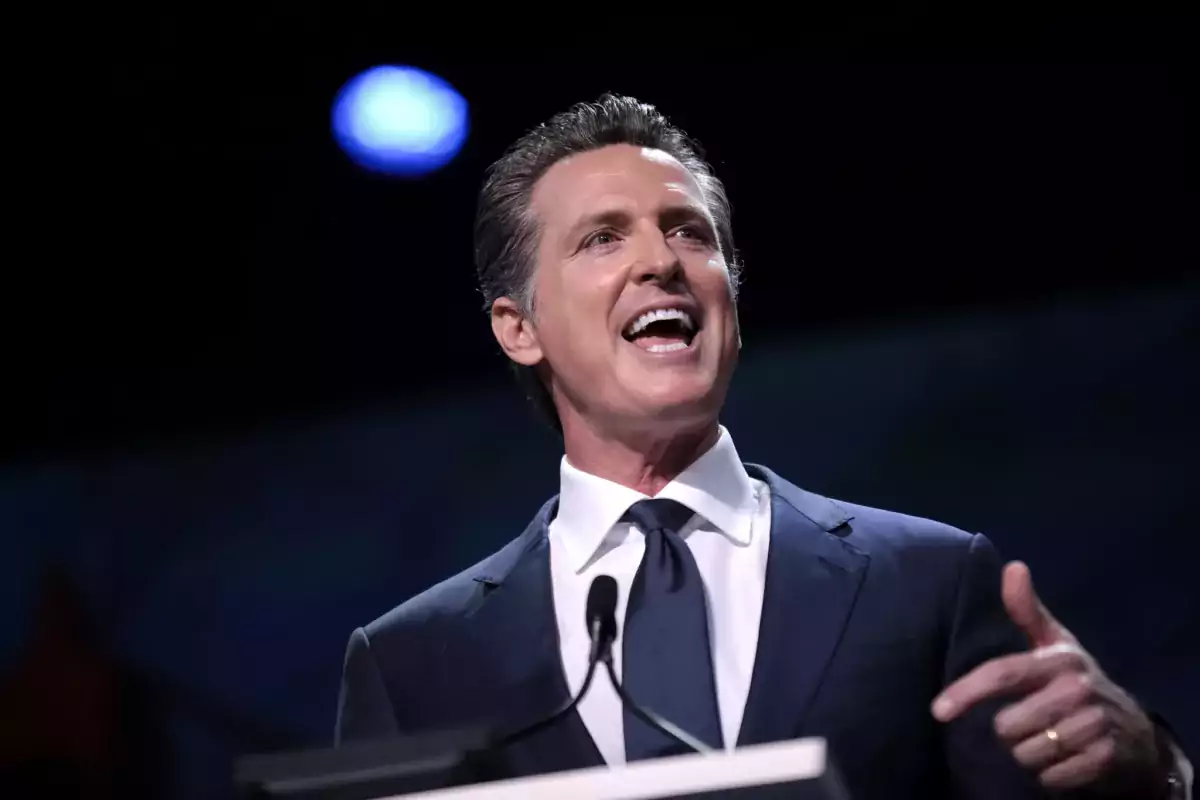
Gavin Newsom’s “California Model” of prison reform isn’t the step away from mass incarceration that it purports to be.
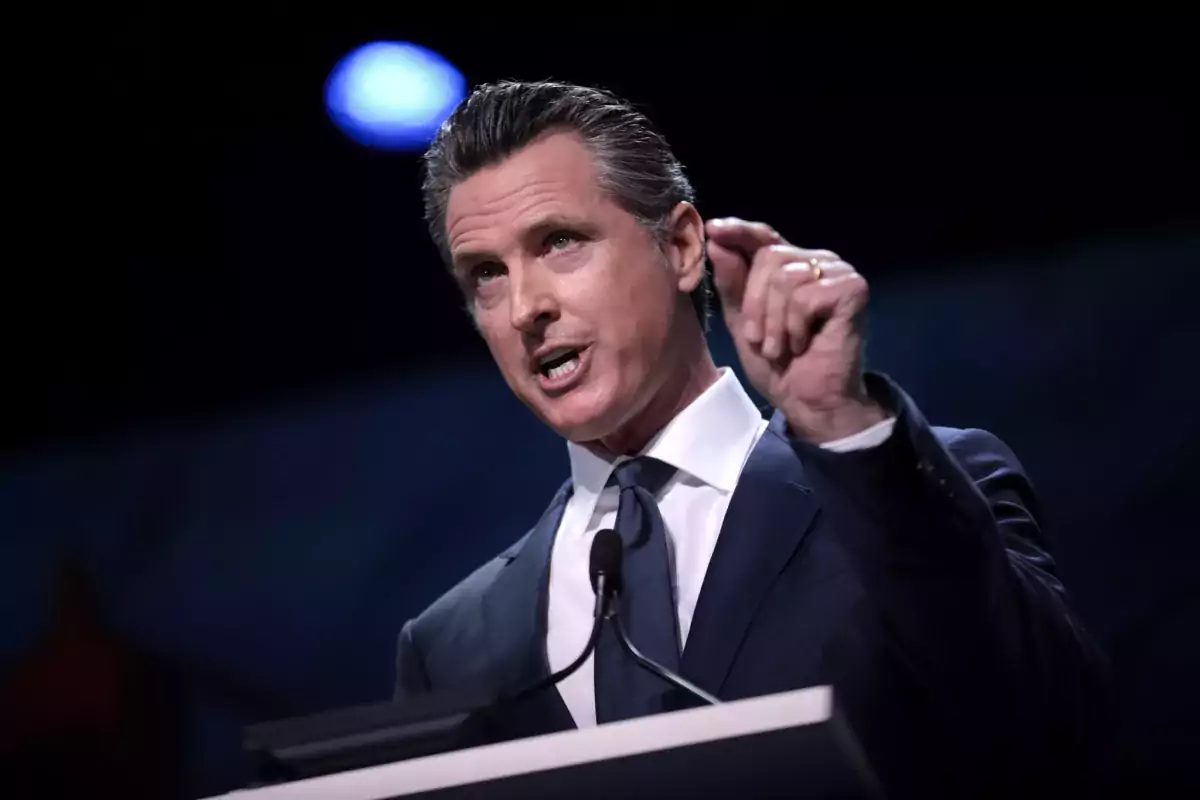
California prison canteens currently sell essential items—such as snacks and medication—at a markup of between 65 and 200 percent.
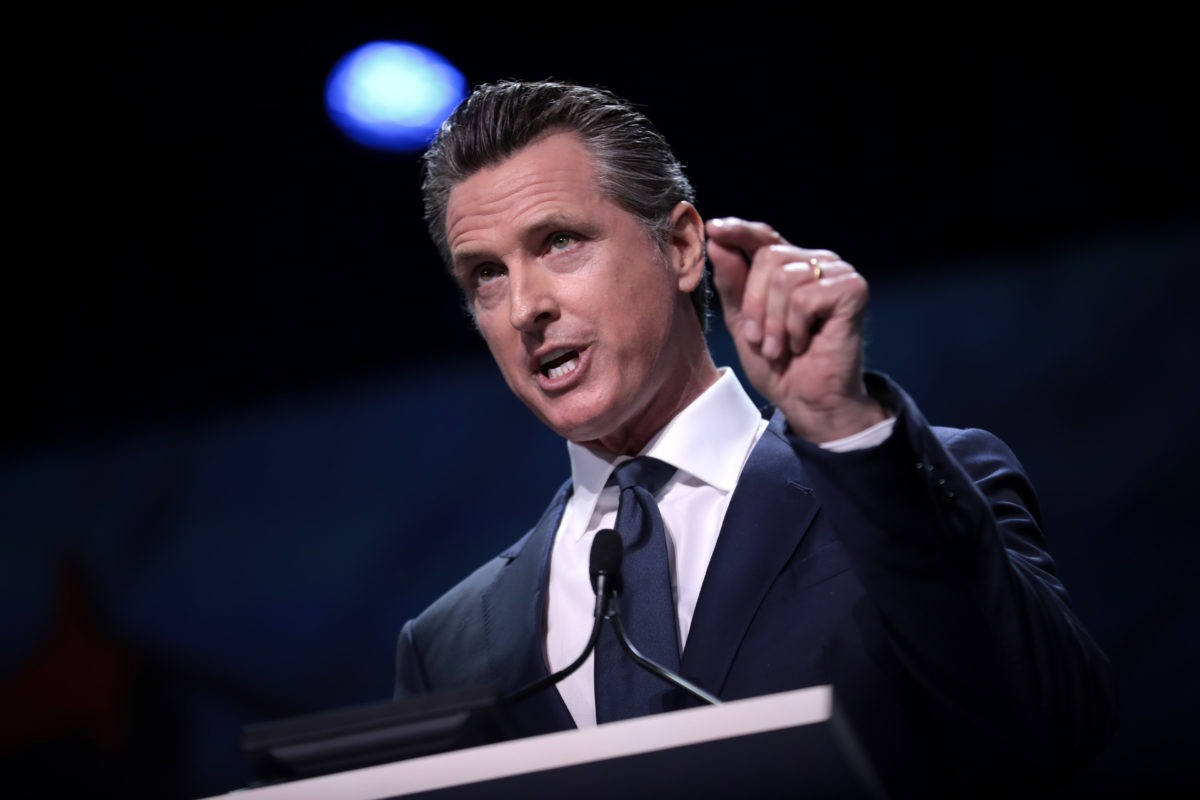
Newsom’s measure—called “CARE Court”—paves the way for family members, state officials, and first responders to force more unhoused people into court-ordered treatment programs for a period of up to two years.
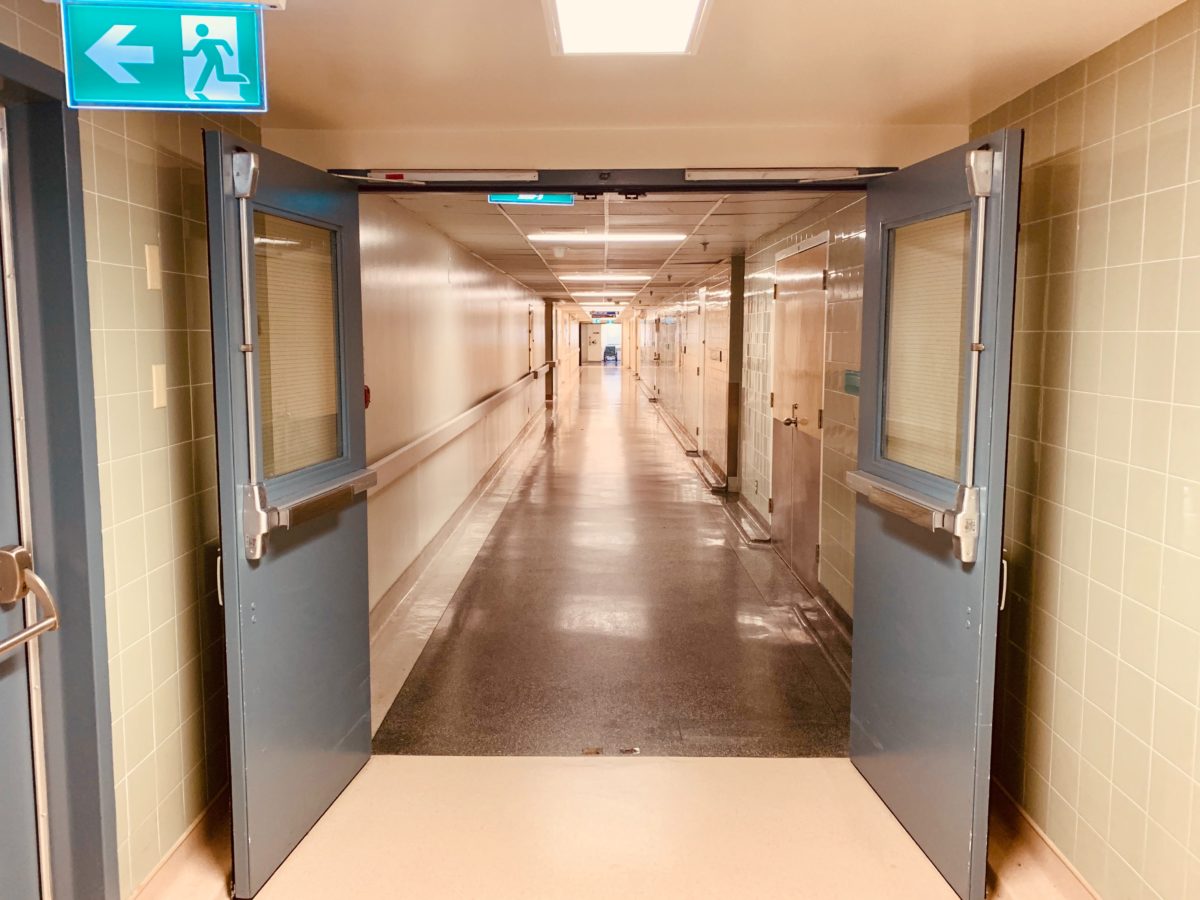
Advocates of assisted outpatient treatment say it could reduce homelessness and mass shootings. Critics call it incarceration by another name.
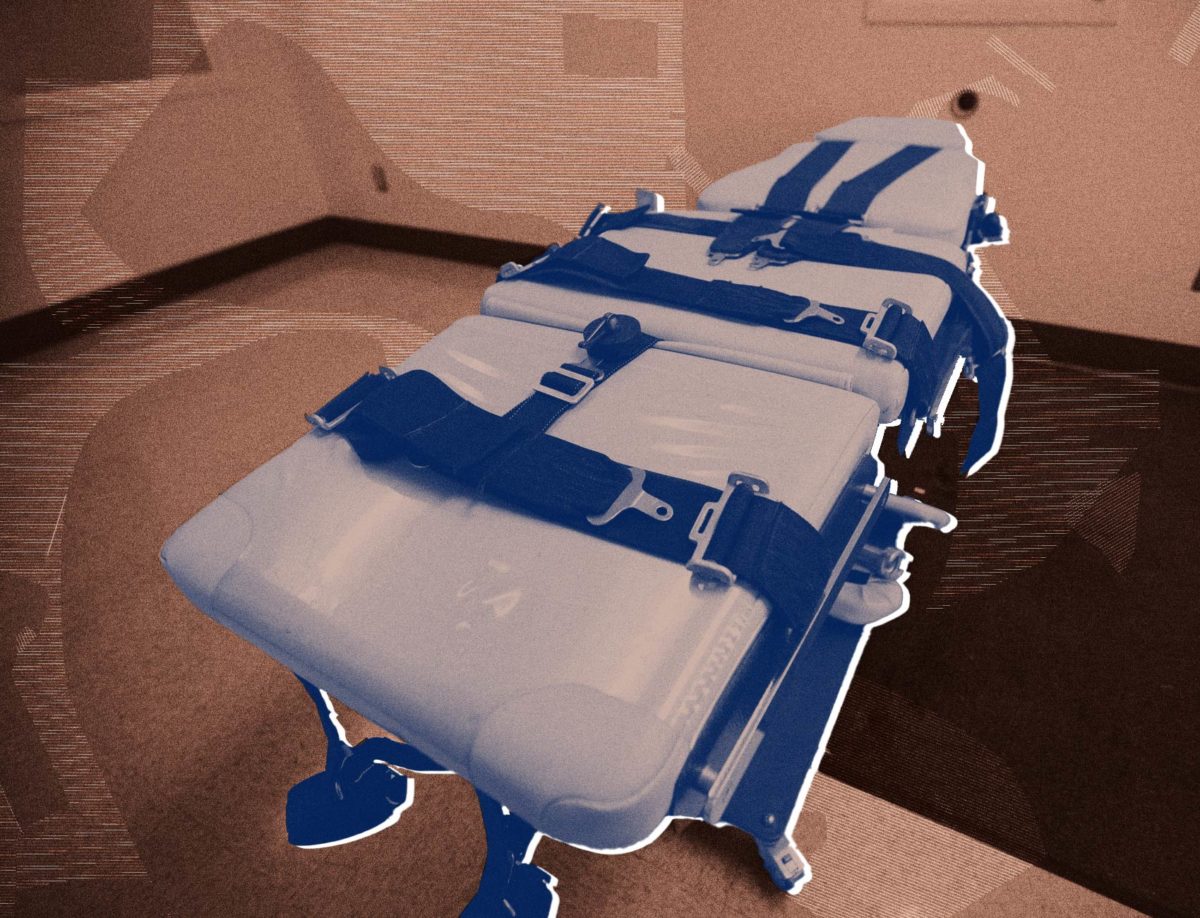
Prosecutors who have championed criminal justice reforms are still seeking death sentences, opposing appeals, and, in some cases, have even petitioned for execution dates.
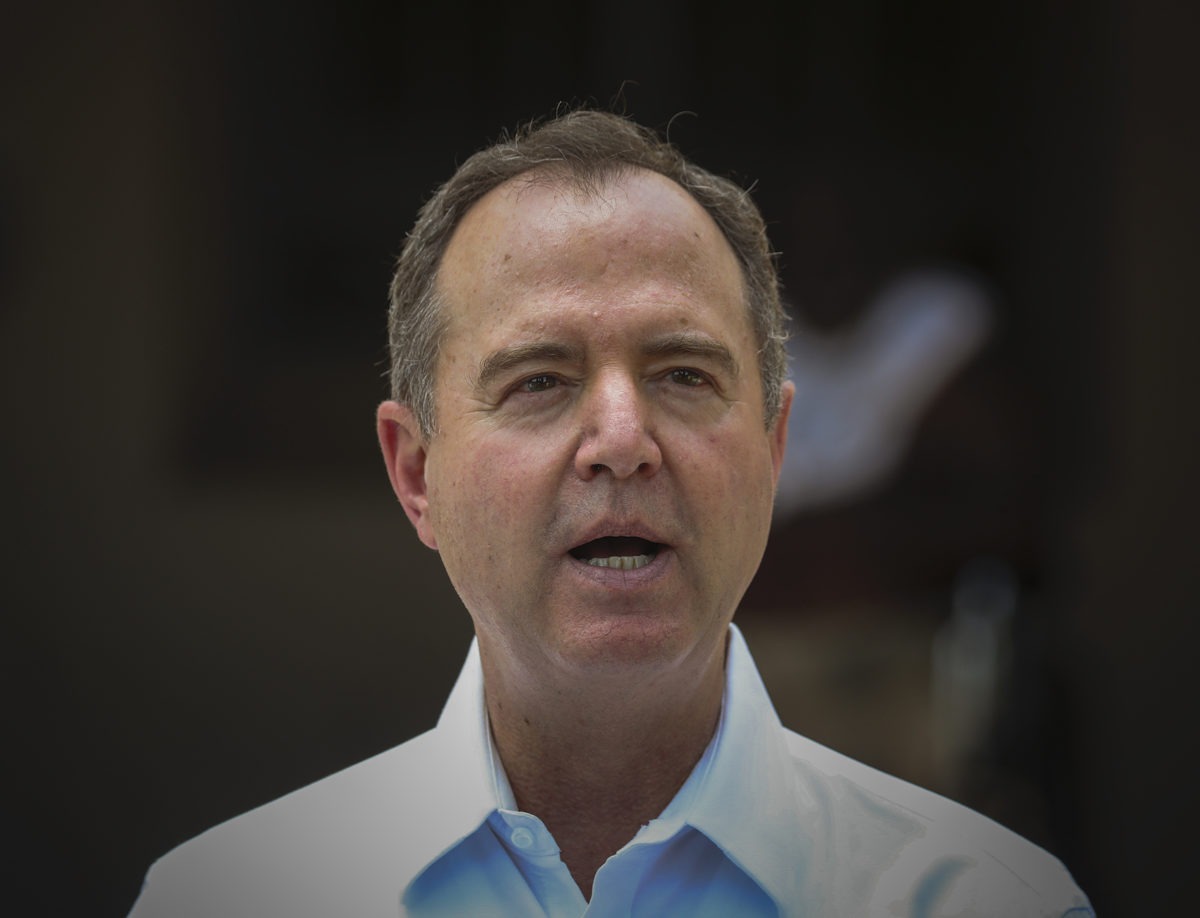
The U.S. representative has been a chief architect of mass incarceration in the state and an instigator of racial injustice.
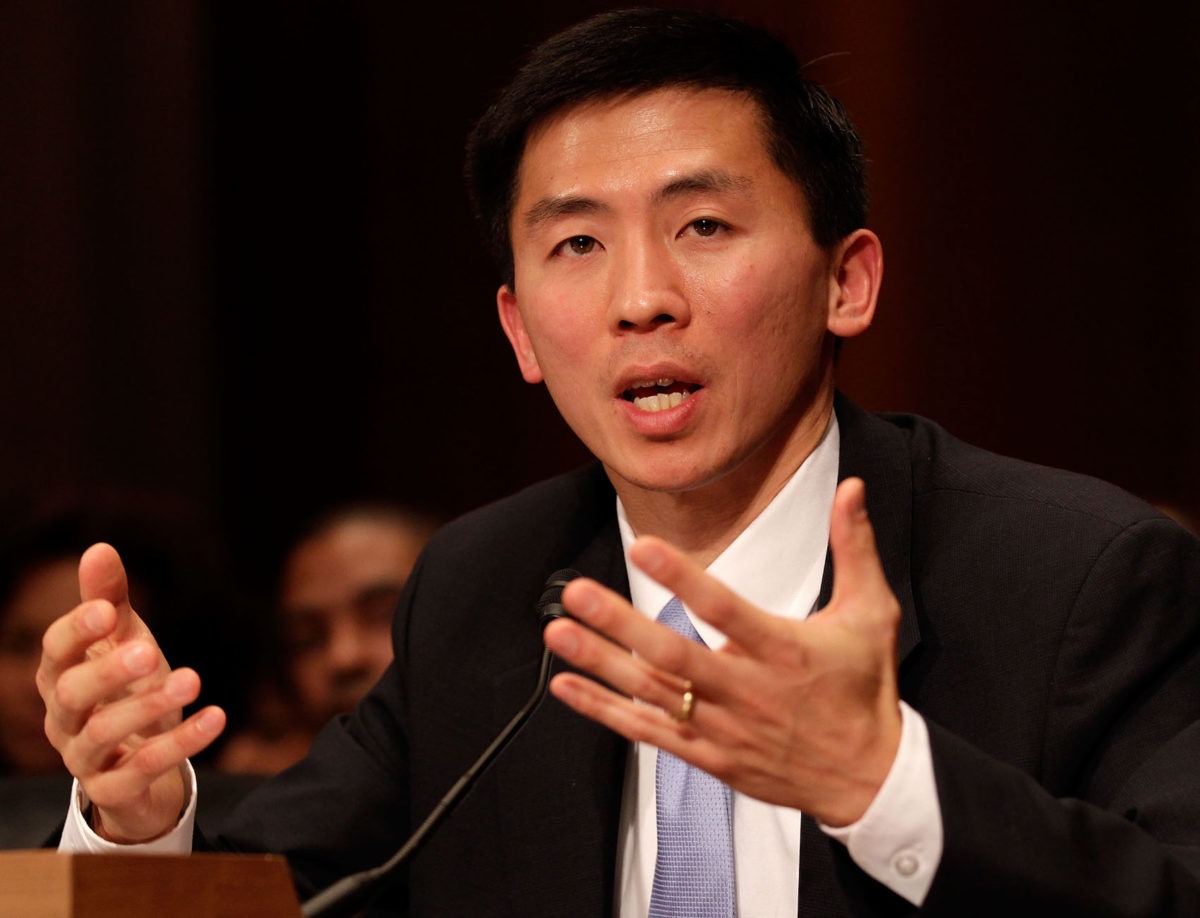
The California Supreme Court Justice is motivated not by politics but by making equal justice under the law a reality for all Californians.
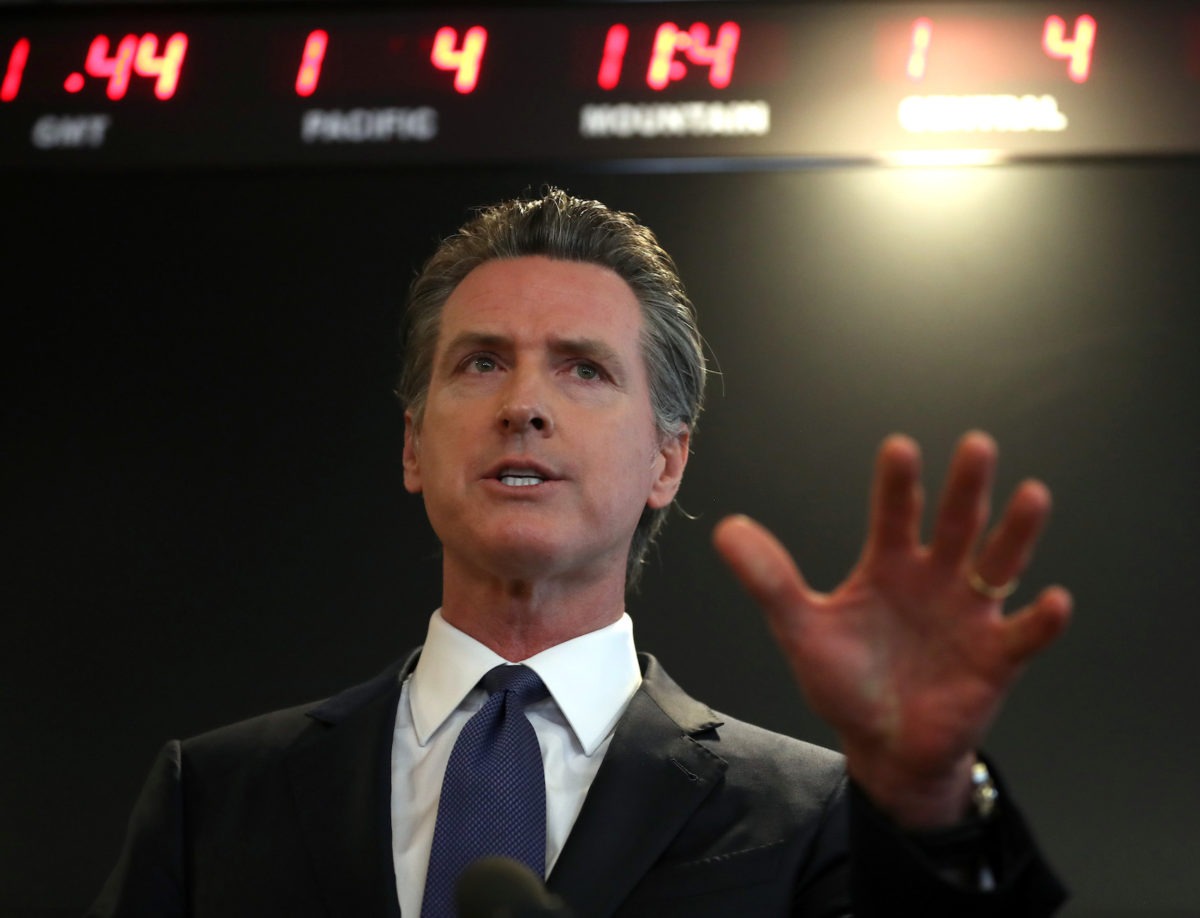
By appointing a reformer to replace the outgoing Xavier Becerra, Newsom has the chance to begin dismantling a sprawling, bloated system of prisons and jails that incarcerated nearly a quarter-million people as of 2018.

California just made it a tiny bit easier for formerly incarcerated people to become civilian firefighters. But the law still leaves many obstacles in their path.
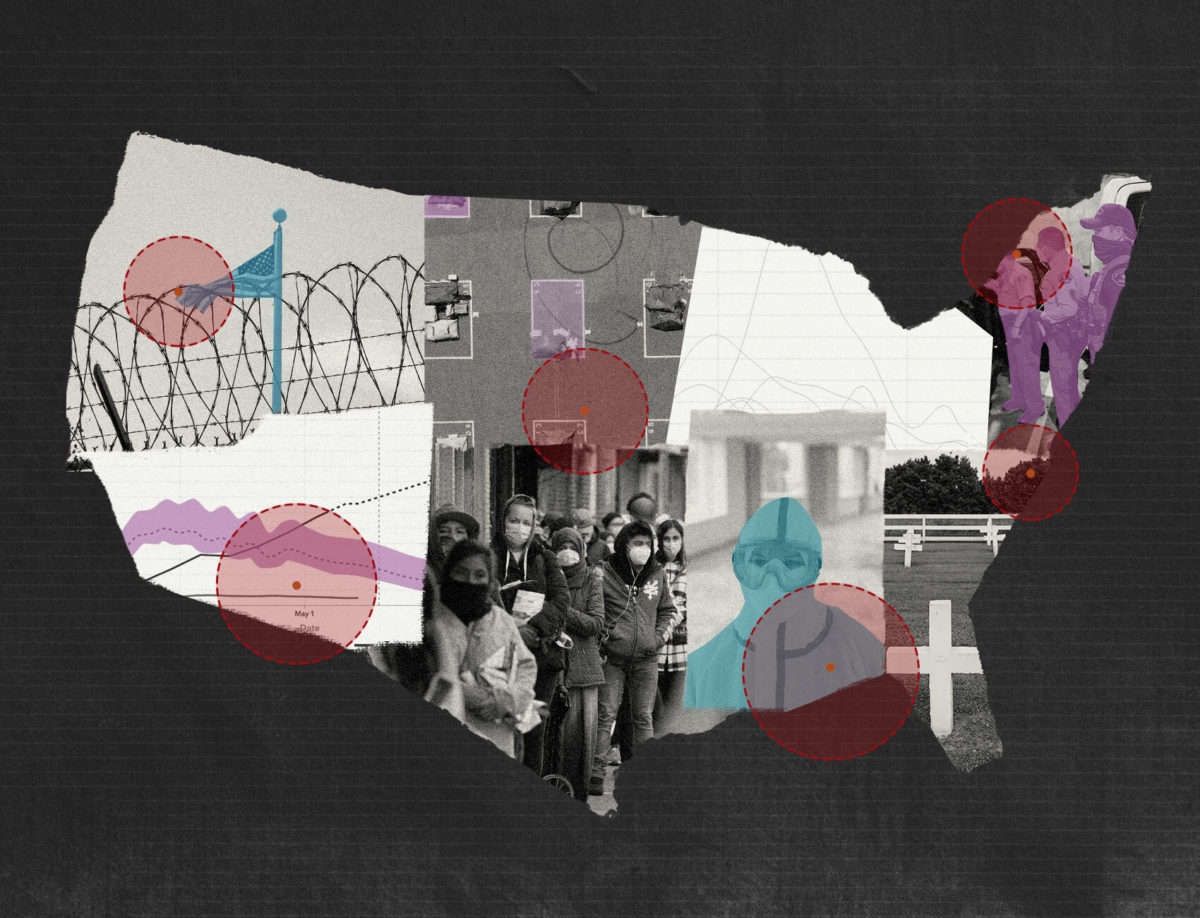
A new report finds that too many kids, particularly Black youth, continue to be held in dangerous juvenile detention facilities; California prison officials refused offers of free testing before and during San Quentin outbreak; and Gov. Gavin Newsom announces plans to release 8,000 incarcerated people.